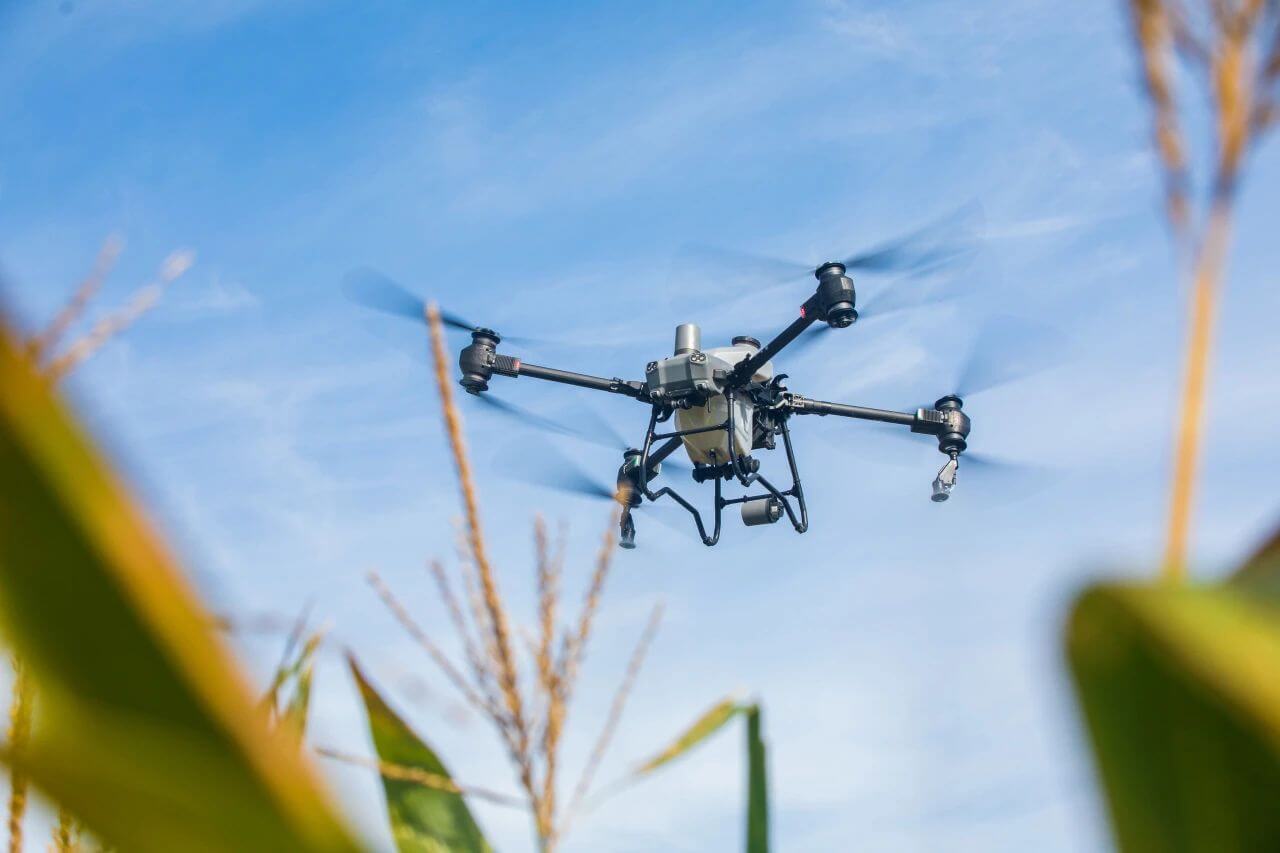The Evolution of Silent Drone Technology
Silent drones are designed to minimize noise through advanced engineering techniques. By optimizing rotor design and employing noise-suppressing materials, manufacturers have achieved significant reductions in sound emissions. The camera technology associated with these drones has also seen remarkable advancements, with enhanced resolution and stabilization capabilities ensuring that footage captured is both clear and stable. The integration of these technologies allows for filming in sensitive environments without disturbing the surroundings.
Applications of Silent Drones with Cameras

Drones have long been used in aerial photography and videography, but silent variants open up new possibilities. Wildlife filmmakers can now capture animal behavior without alerting their subjects, while law enforcement and security agencies utilize these devices for covert monitoring purposes. Furthermore, silent drones with cameras are increasingly used in urban planning and inspection tasks, providing a safe and unobtrusive way to gather data on infrastructure.
The use of silent drones extends to creative fields as well, where discreet filming is essential to capture authentic emotions and candid moments.
Challenges in Silent Drone Development
Despite their promising capabilities, silent drones with cameras face challenges, including battery life, range limitations, and regulatory constraints. Prolonged flight times and extensive connectivity are critical for maximizing their potential. Additionally, regulatory compliance is necessary to ensure these drones are used responsibly and do not infringe upon privacy rights.
Innovations and Future Prospects
Continuous innovation in silent drone technology focuses on improving autonomy, enhancing camera functionalities, and expanding range. Future models may incorporate AI-driven features, such as automatic obstacle detection and adaptive flight paths, allowing drones to operate more intelligently and efficiently.
As these drones become more capable, they promise to revolutionize industries ranging from media production to agricultural inspection.
- Environmental conservationists use silent drones to monitor ecosystems without intrusion, aiding in biodiversity studies and climate research.
- Architects and construction professionals rely on drones for precise aerial surveys and project visualization, reducing the need for expensive and disruptive equipment.

Common Questions About Silent Drones
Q: How quiet are silent drones compared to regular drones?
A: Silent drones typically produce significantly less noise due to advanced rotor designs and materials. However, the level of silence can vary based on model and usage.
Q: Are silent drones more expensive?
A: Generally, silent drones with cameras may come at a higher price due to their sophisticated technology and specialized features.
Q: What is the flight range of silent drones?
A: The range varies widely among different models but is often comparable to that of regular drones, depending on battery capacity and connectivity solutions.
With ongoing advancements in silent drone technology, the future holds exciting possibilities for further reducing noise and enhancing camera features, making silent drones with cameras an essential tool for discreet capture in various fields.